Passionate about augmented reality, Tom Emrich works for 8th Wall, a pioneer company in this field, based in Palo Alto, California. 8th Wall is on a mission to make augmented reality for everyone and they are doing this through WebAR.. We chatted with Tom on the current state of augmented reality including the use cases in play today and how AR is being used in art.
Credits cover: Pixel and Texel, Flight School Studio, Momentum Worldwide
Tom’s early years in Augmented Reality
Tom Emrich (T.E.) – I started working with augmented reality back in 2009 when I was a product manager working at a publishing company. We were looking to use AR as part of the digital transformation within their organization. I identified opportunities with mobile devices to help bridge the gap between the physical and the digital and AR was one of these technologies. It was very early days but even then the promise of AR was clear.
T. E. – Since then, I have worn many different hats within the industry. I was a journalist in Canada focused on wearable technology; a community builder, organizing meetups and founding the largest wearable tech community of its kind before starting to work with AR pioneer Ori Inbar, who is the founder of AugmentedReality.Org which produces Augmented World Expo (AWE) which I then helped co-produce for over 5 years. I also joined Ori and two other partners in establishing an early stage fund called Super Ventures, which was dedicated to funding early stage companies in augmented reality.
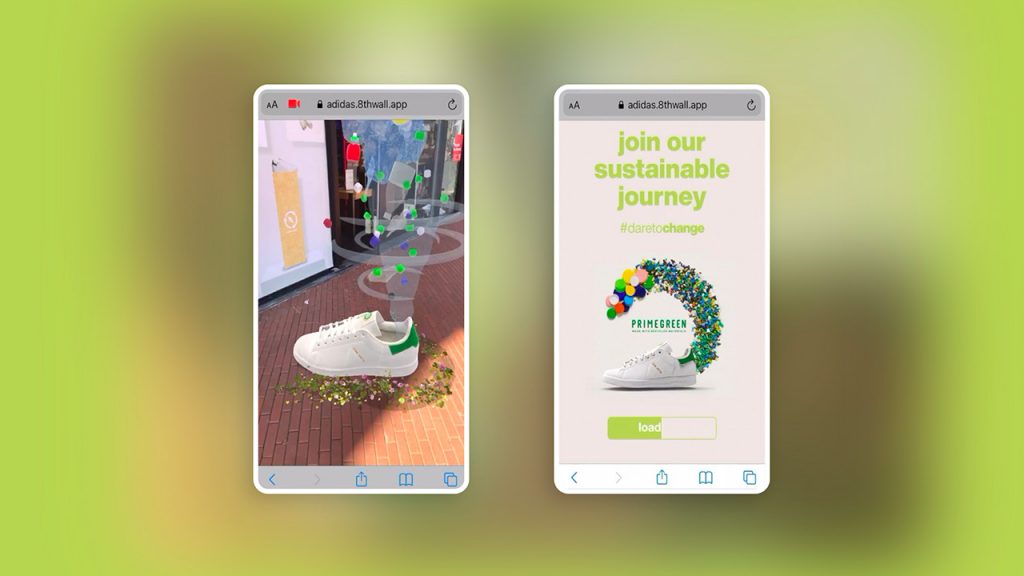
T. E. – In 2019, I joined 8th Wall as VP of Product. I was really excited to join 8th Wall for a variety of reasons, including joining a stellar team but also as we share a common mission to make augmented reality available for everyone, especially with WebAR.
Egg or chicken, technology or storytelling first?
T. E. – I’ve always seen technology as a tool that enables and empowers developers, designers, creators, and product leaders. Such tools unlock the ability to execute on inspiration and ideas allowing people to create. First comes the idea or the story that wants to be told and then the creator looks for innovative solutions to make it happen. You can have a hammer on a table, but it’s not until the carpenter picks it up and puts the nail into the piece of wood that the house gets put together. They need to be inspired to create.
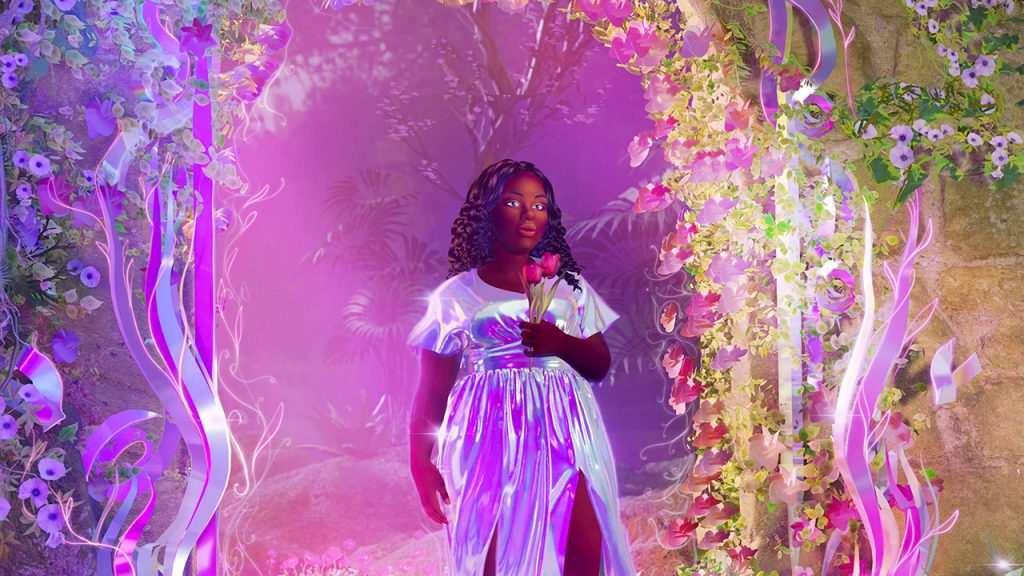
T. E. – There’s a symbiotic relationship between content and technology. The needs of storytelling can drive innovation and the roadmap of a technology by asking it to do certain things. Or on the flip side, by equipping developers with the ability to do something – this could lead them to create something that was inspired by what the tools were capable of.
What’s next: the future of AR with 8th Wall
T. E. – At 8th Wall we enable developers, brands and agencies with tools to create browser-based augmented reality – We have our own augmented reality engine, which is hyper-optimized for browsers. It gives our partners the tools to create world effects, face effects and image target Web based AR experiences. We also have our own cloud based code editor called the Cloud Editor, where developers can code, collaborate with integrate source control and access “one click” publishing to host their content in staging or a production environment.

T. E. – We continually optimize our tools and roll out new features for our developers, agencies and creative studios. Our clients, which are based worldwide, from Japan to Malaysia, from Dubai to the US, UK or Brazil, are looking to launch AR experiences for their clients that are interactive, high quality, and have a frictionless experience: no app required to download across Android and iOS devices.
On the Use Cases for AR in 2021
T. E. – It’s important to talk about AR from different perspectives. What’s happening in the enterprise, especially with the use of smart glasses such asHoloLens, Magic Leap, etc. Is incredible! It’s changing work as we know it. Hands free solutions are leading to a reduction in errors and emissions, dramatically improving employee’s morale, increasing confidence in the workplace and more. AR is giving superpowers to employees and allowing them to do things more efficiently and more competently than ever before. And real ROI is being demonstrated.
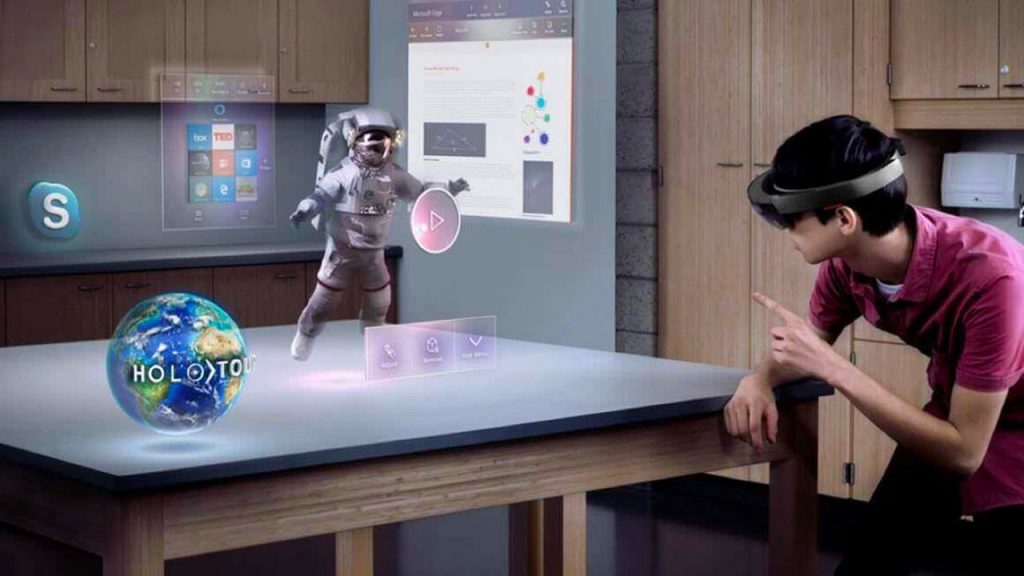
T. E. – We’re seeing many use cases in the consumer sphere but 3 main use cases immediately come to mind, all of which use mobile AR. The first is in the ability to express yourself in new ways, to further your own personal storytelling within social media (Snapchat, Instagram…). I’m specifically talking about filters and lenses, and this I call the democratization of special effects. Great tools exist now to help creators achieve that and create filters and lenses for the social media users to take their posts to a whole new level.
T. E. – The second is advertising. Advertising has embraced augmented reality and this should come as no surprise because with every new emerging technology, advertisers and marketers are one of the first to adopt these new tools o to find new ways to engage consumers for their brands. Advertisers are looking for reach and use and so what has really unlocked the use of AR in advertising is WebAR which offers the largest reach possible across iOS and Android devices with no need to download the app. Removing the friction but being able to offer a quality, interactive and engaging experience is a key reason why WebAR is being used by marketers today.

T. E. – The third major use case is augmented reality for retail. The use of AR to help shoppers try before they buy by placing AR items in their space or on their face has become a very popular use case. . It can help facilitate the sale of a product by increasing the shopper’s confidence in their buying decision. Virtual try-on and the use of AR is leading to a major disruption within the retail/e-commerce space. And this is where WebAR can help turn every website into a real personal experience.
T. E. – WebAR IS the killer technology that is making the browser a powerful place for augmented reality. WebAR requires no app to download but instead allows users to engage with AR content directly in a web page by clicking a link or scanning a QR code. 8th Wall’s WebAR platform launched in 2018 since then, our augmented reality engine has become even more powerful with new features and new improvements and enhancements. The Web is changing from being flat to spatial and web-based AR is being used not just to create dedicated AR sites that stand on their own but we are also seeing WebAR embed in existing sites to add AR as an experience. That’s really exciting!
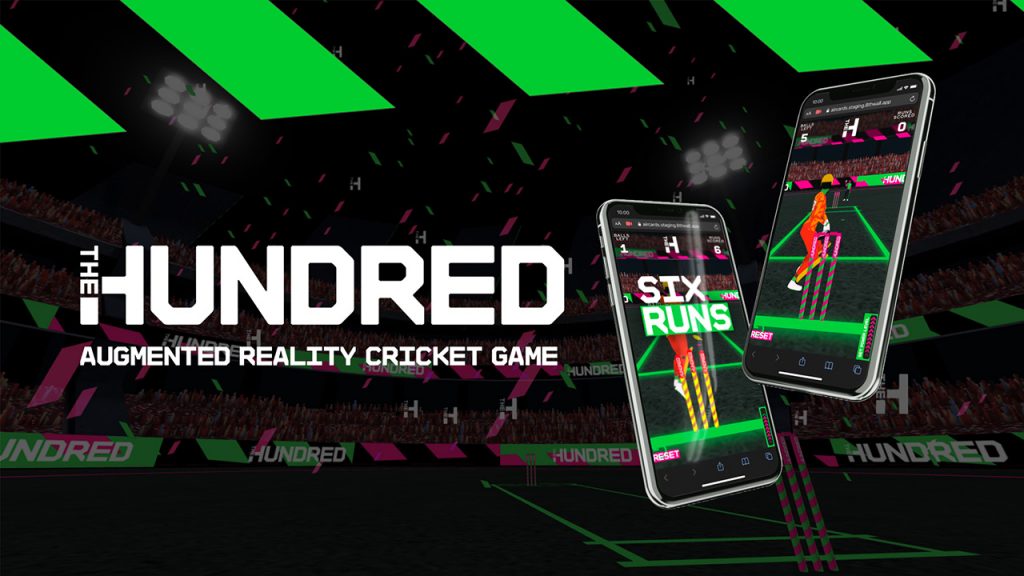
AR for Creative ARtists
T. E. – Artists and creators are definitely helping us understand the power of augmented reality. Recently The Peabody Awards announced they will embrace immersive storytelling as a new category, which I think is fantastic and much needed. The work that digital artists are doing, both within 2D, digital art and 3D is inspiring – and also pushing our understanding of what art is with technology. I think that we need more and more of these artistic creations.
T. E. – And it helps with the end users! Making museums or art galleries available to everyone no matter where they are, such as apps like Acute Art… allows everyday people to be able to experience major artists within their own home, something that may not be able to do otherwise – like BREONNA’S GARDEN that was at Tribeca 2021, and became accessible worldwide. The accessibility and democratization of art is also something important to highlight when it comes to AR.
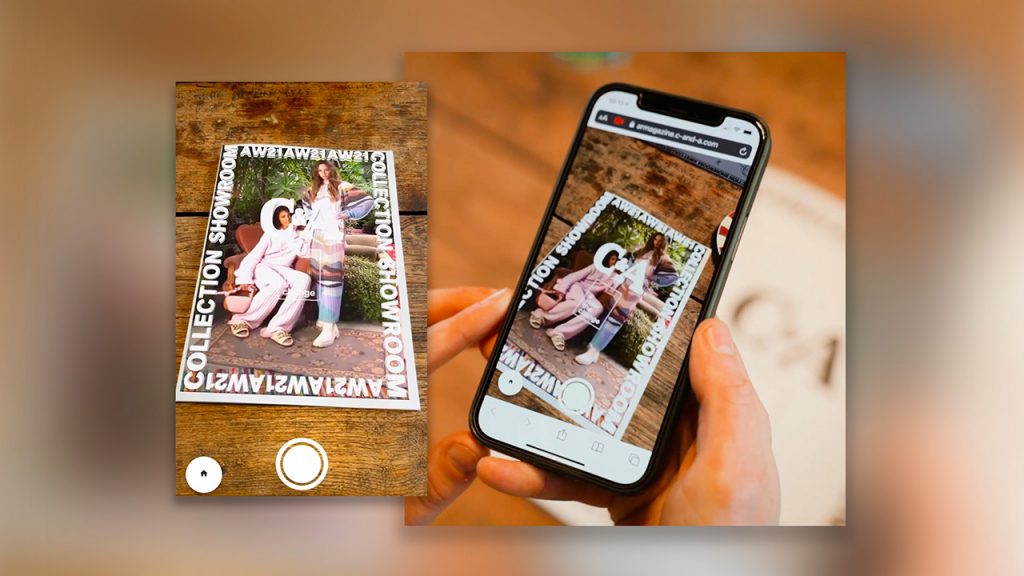
T. E. – We want to highlight the work that our clients (developers, agencies, partners…) are doing with our tools. One example that specifically comes to mind is an experience that was created for C&A, which is a fashion brand (link to 8th Wall’s blog) that wanted to highlight their autumn winter 2021 collection. They created a magazine that was essentially… empty! It came to life with augmented reality through your smartphone. It’s fully Web based. All of those pages came to life with augmented reality, including a live coloring experience that leverages machine learning to take the coloring that the user did on a sketch first.
T. E. – Another example that I really like is a Jim Beam experience that was created by spatial agency Arcade and brand experience agency Quantum (link to blog). The experience features recipes that you could create with Jim Beam Highball. You are the bartender behind a virtual bar, where you would make drinks for people. It was really interactive.
You can find more examples of 8th Wall’s collaborations and projects on their website: https://www.8thwall.com/
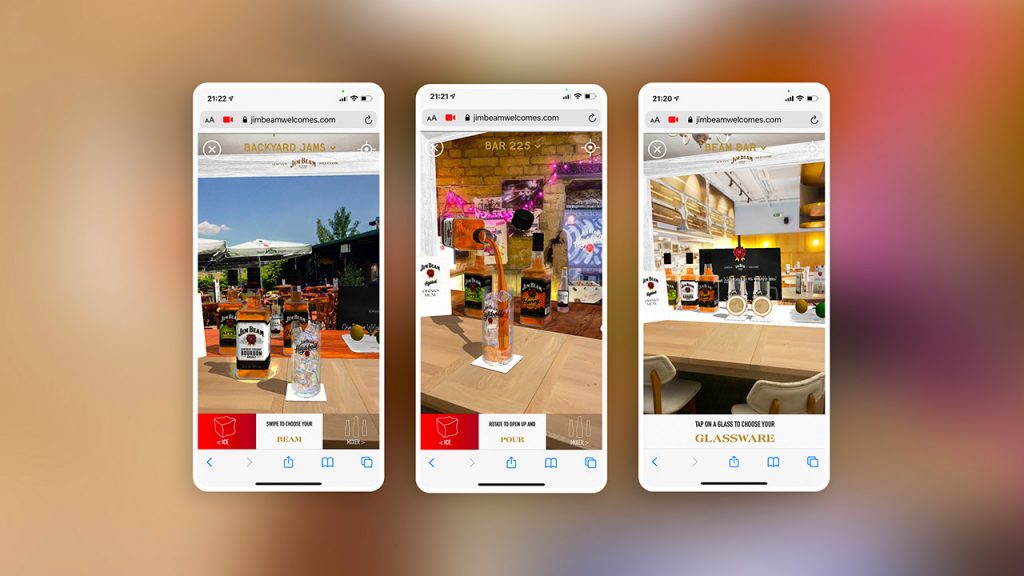
Images from 8th Wall’s blog:
- Hologram of Tennis Champ Andy Murray Challenges You to Beat His Score in a WebAR Game by American Express
- Adidas Uses Augmented Reality to Debut Sustainable Adidas Stan Smith Collection
- Jim Beam Turns Your Space Into a Virtual Bar Where You Are the Bartender
- Simone Rocha x H&M Launches a Theatrical WebAR Pop-Up Book With British Painter Faye Wei Wei
- C&A Brings Interactive Shopping Experience to Big Brother Brasil’s 167 Million Viewers
- Steps Outreach Service Invites Australians to Walk in the Shoes of Homeless Youth in WebAR Exhibition
- Industry-First WebAR Cricket Game Promotes the Launch of The Hundred Tournament
- C&A Brings It’s Autumn/Winter Collection ‘21 to Life Through Augmented Reality Magazine



Leave a Reply
You must be logged in to post a comment.